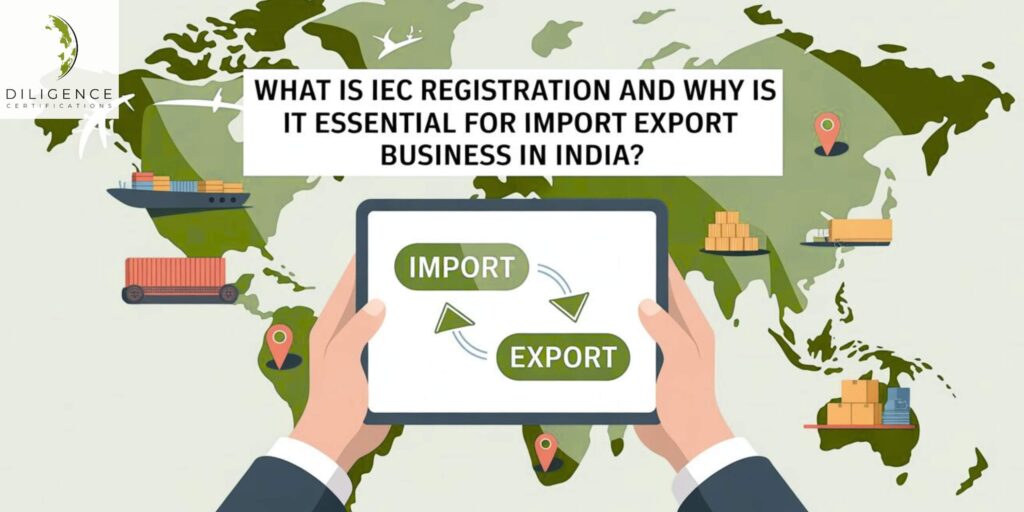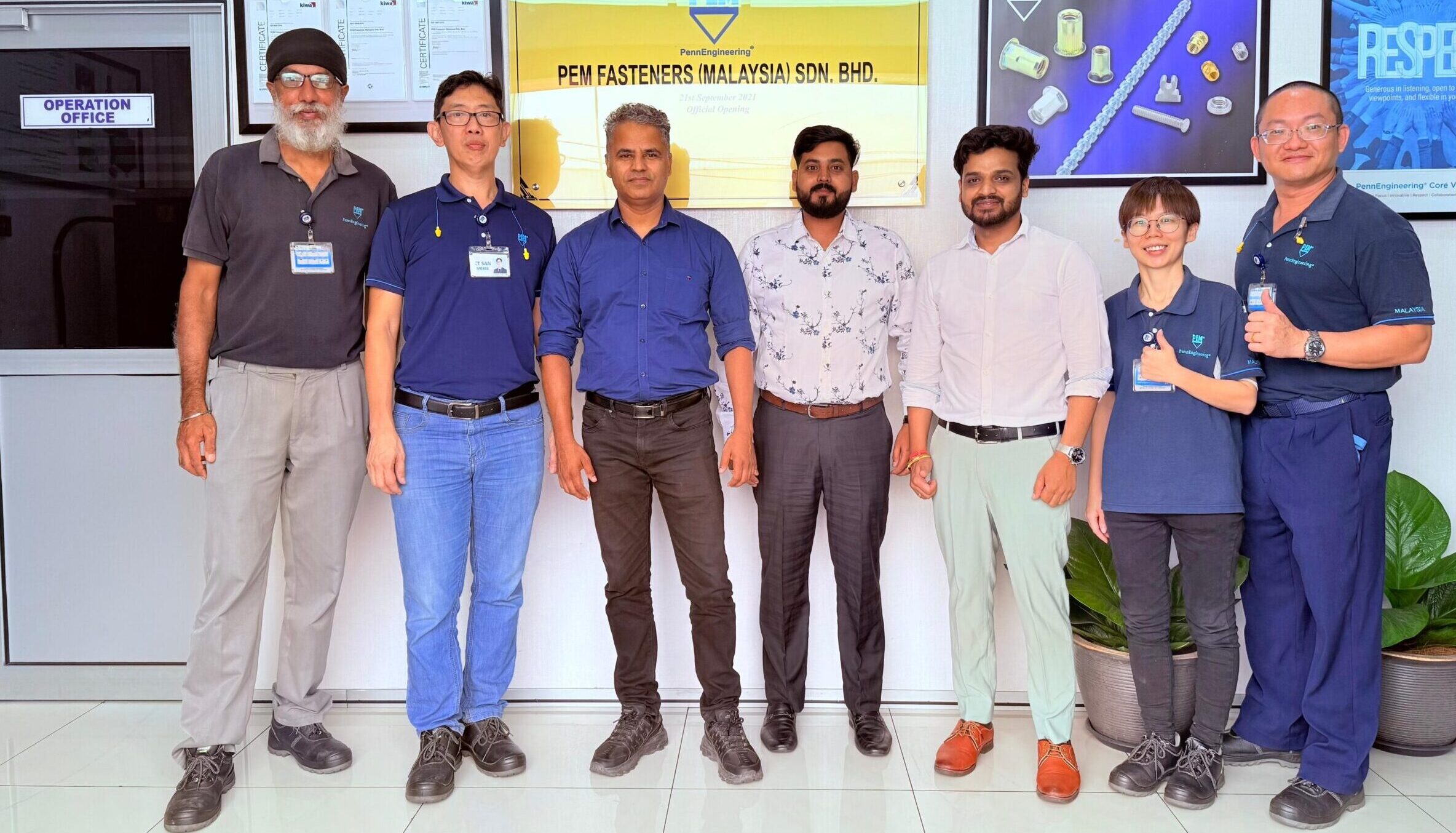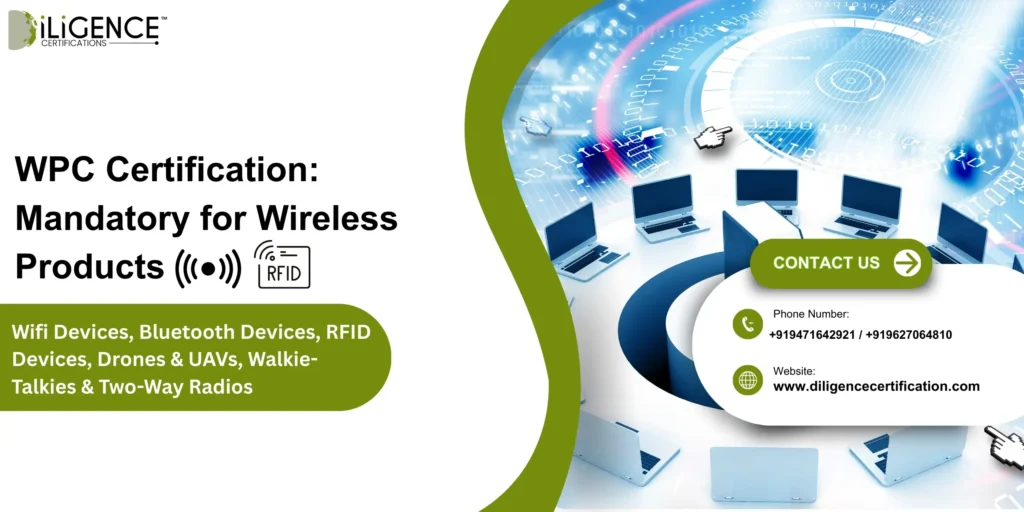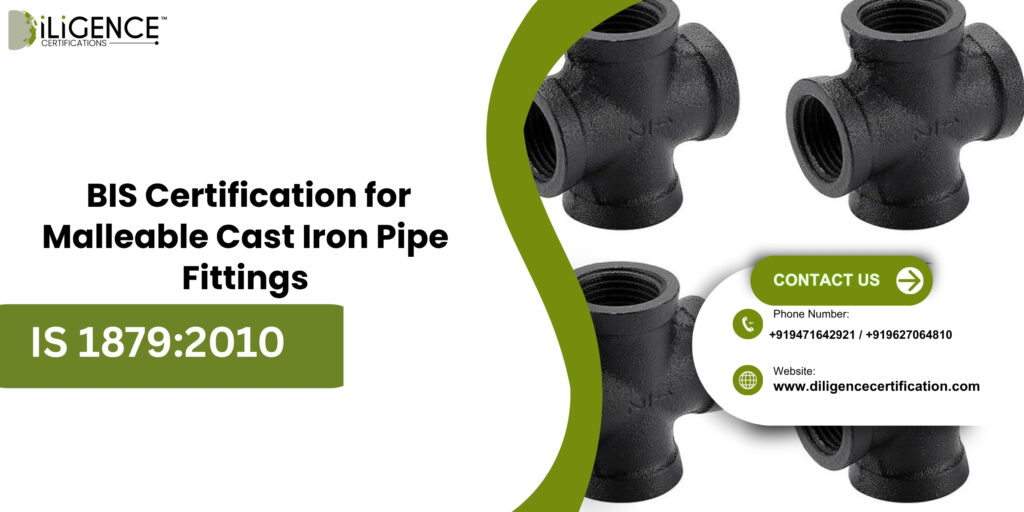- Importer Exporter Code (IEC) or IEC Registration is a 10-digit digital identity issued by DGFT, allowing businesses to legally import and export in India.
- Mastering the application process and compliance ensures seamless cross-border trade.
- Whether you’re a startup or established firm, IEC Code Registration is your passport to global trade.
- IEC Registration is mandatory for anyone who wants to start import-export in India.
- Issued by DGFT (Directorate General of Foreign Trade), it helps businesses go global.
- It’s essential for customs clearance, shipping, and international trade transactions.
- You can apply online for IEC Code Registration via the DGFT portal.
Introduction
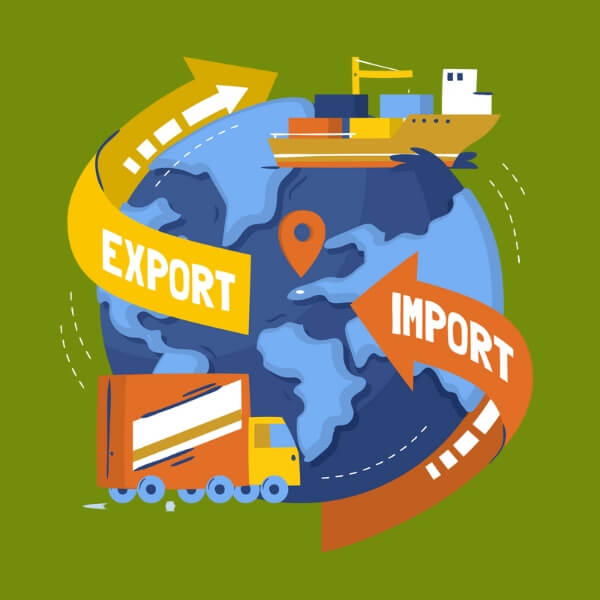
Rajesh, a textile entrepreneur from Surat, had an exceptional product but no importer-exporter credentials. He missed out on a lucrative order from a UAE buyer simply because he lacked an IEC Code. That 24-hour delay cost him ₹50,000 and shook his confidence. This story is not unique—thousands of MSMEs in India miss global opportunities due to IEC confusion. This guide unravels IEC Registration, IEC Certification, IEC Code, and DGFT Full Form in practical, easy steps.
What is IEC Registration?
IEC Registration refers to the process of obtaining a 10-digit unique Import Export Code issued by the Directorate General of Foreign Trade (DGFT), Ministry of Commerce, Government of India.
Why is IEC Registration Needed?
- Mandatory for all import/export businesses
- Needed for customs clearance
- Required for bank transactions related to foreign trade
- Valid proof of your global business identity
Who Needs IEC Code?
The Import Export Code (IEC) is a mandatory 10-digit business identification number issued by the Directorate General of Foreign Trade (DGFT) in India. It is essential for anyone involved in cross-border trade. Whether you’re an individual, a company, or an LLP, if you plan to import or export goods or services from India, you must obtain an IEC code.
Entities That Need IEC Code:
- Importers– Any individual or business importing goods into India for commercial purposes must have an IEC to clear customs and make foreign remittances
- Exporters– Anyone exporting goods or services from India needs an IEC to send shipments abroad and receive payments in foreign currency.
- E-commerce Exporters– Online sellers exporting via platforms like Amazon, Flipkart, or eBay must obtain an IEC code to process international orders.
- Service Providers– Businesses or freelancers offering services such as software development, IT services, or consulting to international clients require IEC to receive foreign payments legally.
- Manufacturers & Traders– Companies dealing in manufacturing or trading goods, even if they are not directly involved in import/export but supply to exporters, may also need IEC.
- Partnership Firms and LLPs– Registered partnerships and LLPs engaged in international trade must apply for IEC in their entity’s name.
- Startups & MSMEs – Startups and small businesses planning to scale globally require an IEC to establish credibility and transact legally across borders.
When Do You Need IEC Registration?
- Before first import/export: Apply in advance to avoid shipment holds.
- Before dealing in foreign currency: IEC is necessary for international payments.
- If selling on global marketplaces: Platforms like Amazon Global require IEC.
Who Should Apply for IEC Code Registration?
- Proprietorships
- Partnerships
- LLPs and Private Limited Companies
- NGOs and Trusts involved in international trade
- E-commerce sellers targeting international markets
What is DGFT?
- DGFT Full Form: Directorate General of Foreign Trade.
- DGFT is the nodal authority under the Ministry of Commerce that handles all import-export policies, issues IEC Codes, and regulates foreign trade in India.
IEC Full Form
- IEC Full Form: Import Export Code
- Issued by DGFT, it acts like a PAN card for foreign trade. Without it, businesses can’t trade internationally.
Why IEC Registration is Important for Your Business?
Benefits of Having an IEC Code
- Enables International Banking and Customs Clearance: If you don’t have an IEC, customs authorities can delay shipment, and banks will not process your exports.
- Opens doors to Government incentives: If you have an IEC, you are eligible for government schemes, like MEIS, SEIS, export incentives, etc.
- Simplified GST & Tax benefits: HSN/HS code mapping and GST refunds can only be claimed with IEC details.
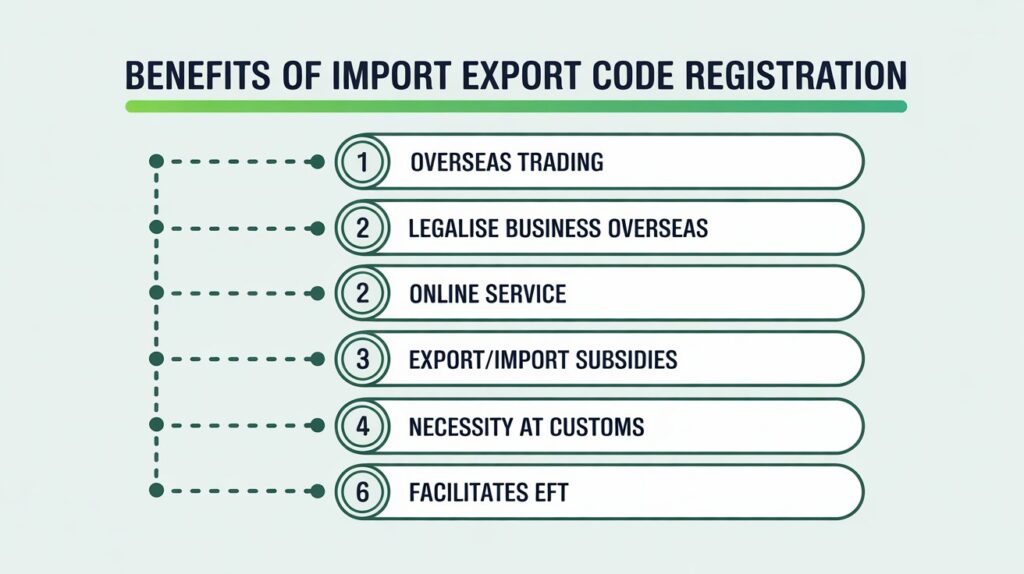
What is IEC Code?
The Import Export Code (IEC) is a 10-digit number that is unique to you and is given by the Directorate General of Foreign Trade (DGFT) under the Ministry of Commerce, Government of India. This is required for an individual, Company or LLP who wants to export goods or services to a foreign country or to import an item or service from a foreign country. Without this code customs will not clear imports or exports, you cannot remit to banks or engage in any trade activity.
When is IEC Code Required?
IEC Registration is required in the following scenarios:
- When importing or exporting goods or services from India
- For customs clearance at ports and airports
- To receive foreign currency remittances via banks
- When dealing with e-commerce exports or global online platforms
- For shipping goods internationally under commercial contracts
An exporter from Surat wanted to send textile consignments to Dubai. The shipment was held at customs because they hadn’t registered for IEC. After getting the IEC within 2 days through Diligence Certifications, they were able to ship smoothly and receive payment from their buyer.
When is the IEC Code Not Required?
IEC Code is not mandatory in the following cases:
- For personal use imports/exports not connected with trade
- If the export/import value is below prescribed thresholds (non-commercial)
- For goods/services exempted by the government under specific schemes
- When importing/exporting for charitable purposes, with relevant approvals
- Transactions made under government departments or embassies
If the PAN is used in multiple businesses, each entity must apply for a separate IEC.
How to Register IEC Code in India – Step-by-Step Guide
Step 1 – Gather the Required Documents
- PAN of applicant (individual, company, LLP, etc.)
- Business proof (Utility bills, GST certificate, LLP agreement)
- Bank Certificate on letterhead, signed by manager
- DIR-2 for directors (if applicable)
Step 2 – Fill Application on DGFT Website
- Register login with PAN.
- Select DGFT IEC Code in Form Aayaat Niryaat (ANF1A).
- Attach documents and e-sign or send physical.
Step 3 – Submit and Track
- After online submission, DGFT sends an IEC Code within 7 working days.
- Check status via DGFT → IEC holders can view and download instantly.
IEC Code Registration
Ravi’s SME in Agra stall; post-IEC registration, he skipped warehouse tax by exporting handicrafts. His monthly revenue grew 40% in six months—thanks to swift customs clearance and export incentives.
Common Pitfalls to Avoid
- Incomplete Bank Certificate: Many reject missing IFSC or branch address.
- Mismatch Between PAN and Business Documents: Names or address differences lead to rejection.
- Delayed e-Signature: E-sign using Aadhaar-based DSC; missing this drags processing time.
Understanding IEC Code Structure
- First 2 digits: Bank branch code
- Next 4 digits: Serial/sequence number
- Final 4 digits: PAN, uniquely identifying the importer-exporter
Advantages of IEC Certification
| Benefit | Description |
| Global Market Access | Enables you to import/export goods and services legally |
| Government Incentives | Avail schemes like RoDTEP, SEIS, and MEIS from DGFT |
| Banking Ease | Smooth bank documentation, inward/outward foreign remittances |
| Customs Clearance | Mandatory for clearing shipments from ports |
| Business Credibility | Increases your brand’s legitimacy in international markets |
| Lifetime Validity | One-time registration valid for lifetime |
Eligibility Criteria for IEC Registration
Anyone involved in cross-border trade of goods or services can apply, including:
- Proprietorships
- Partnerships
- LLPs and Private Limited Companies
- NGOs & Trusts (if applicable)
- Individuals exporting digital services
- PAN-based IEC is allowed even for freelancers or single-person businesses.
Documents Required for IEC Code Registration
| Document | Requirement Notes |
| PAN Card (individual or entity) | Mandatory for verification |
| Aadhaar of signatory | Linked to mobile/email for OTP verification |
| Address Proof | Utility bill, lease agreement, or landline bill |
| Cancelled Cheque/Bank Certificate | In the name of applicant, printed letterhead preferred |
| Passport-size Photo (signatory) | For physical submission (if required) |
| Digital Signature Certificate (DSC) | Class 2 or 3 DSC is mandatory for most IEC applications |
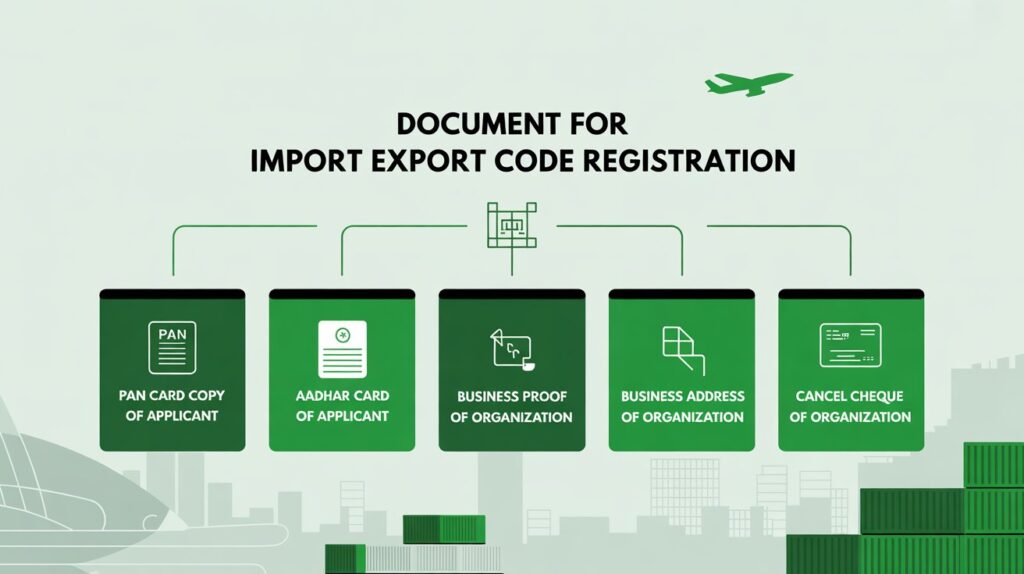
IEC Registration Process (Step-by-Step)
Step 1 – Visit DGFT Portal
- Go to: https://www.dgft.gov.in
- Click on Apply for IEC Registration
Step 2 – Register & Fill Application
- Sign up using your Aadhaar & PAN
- Enter business details, bank info, address, and contact
Step 3 – Upload Required Documents
- Combine all documents in a ZIP file
- Use prescribed naming format (e.g., PAN.pdf, bank_letter.pdf)
Step 4 – Pay IEC Application Fee
- Govt. Fee: ₹500 (GST excluded)
- Payment via UPI, Net Banking, or Credit/Debit card
Step 5 – Certificate Issued by DGFT
- Within 1–5 working days (without error)
- Email confirmation sent; download IEC Certificate in PDF

What Happens After You Get IEC Code?
Once you receive your IEC:
- You can begin importing/exporting goods and services.
- Customs and shipping agents will ask for your IEC during clearance.
- Banks will require it for processing international remittances.
Why IEC Code Matters?
- Soft branding: Partners worldwide view IEC-holders as credible entities.
- Customs clearance: Without IEC, customs won’t permit your shipments.
- Bank formalities: Banks reject Letters of Credit or remittances without valid IEC.
- Government schemes: Availing benefits like MEIS, RoDTEP, SEIS requires a valid IEC.
IEC Code vs. IEC Certification
Everyone uses them interchangeably, but here’s the nuance:
- IEC Code: the 10-digit identifier
- IEC Certification: the digital certificate DGFT issues once you apply successfully You need the code to access banking, customs, and export benefits. Certification is proof.
IEC Registration
Pro Tips to Fast-track Your IEC
- Double-check PAN-business name matches
- Ensure bank certificate is on letterhead and signed
- Use digital signature certificate (DSC) for immediate processing
- Keep soft copies of documents (.jpg, .pdf) under 100 KB each
Checklist Before You Apply
- PAN matches business name/address?
- Bank certificate accurate and signed?
- Digital signature ready?
- ANF‑1A fully and accurately completed?
- All documents scanned under 100 KB?
IEC Code Registration for Different Entity Types
| Entity Type | Required Documents | Extra Requirements |
| Proprietorship | PAN, address proof, bank certificate | ID proof |
| LLP | LLP agreement, PAN, bank certificate, partner IDs | Digital signature of designated partners |
| Private Limited/LLP/One Person Company | PAN, board resolution (if required), bank certificate | |
| Export House / Star Export House | IEC + GEI recognition certificate | GEI renewal certificate |
Post-IEC Application – What Happens Next
1. Processing by DGFT
Typically processed within 7 working days, unless document mismatch occurs.
2. Customs Integration
Once DGFT issues IEC, it is instantly recognized by ICEGATE and customs electronic systems.
3. Bank-Account Mapping
Export proceeds can be received only after linking IEC to export-centric bank account.
4. Export Incentives & Compliance
With valid IEC Certification, you can apply for MEIS/SEIS benefits and enjoy GST refunds.
IEC Code and Digital Globalization
In today’s global trade, IEC is a passport to the world. Government initiatives like “Make in India” and digital trade corridors further highlight the importance of IEC for manufacturers, artisans, and tech exporters alike.
Conclusion
IEC Registration and IEC Certification are indispensable for Indian exporters and importers—your gateway to smooth customs clearance, export incentives, and global trade opportunities. By understanding the DGFT Full Form, IEC Full Form, and steps for IEC Code Registration, you can unlock serious growth potential. Ready to take the next step? Get your IEC today and take your business from Surat to Sydney—efficiently, compliantly, professionally.
If you found this guide helpful, our team at Diligence Certifications is here to assist with IEC support, customs advisory, and export due diligence. Let’s connect
Frequently Asked Questions
Can one person have more than one IEC Code?
No. One PAN = One IEC. If you attempt to apply again using the same PAN, DGFT will reject it. Each IEC is also permanently linked to your PAN.
Is there any fee for IEC Registration?
No. DGFT does not charge a fee for the IEC. Any payment gateway charges are negligible (₹100–150), but DGFT itself is free.
What if my IEC application gets rejected?
DGFT sends a rejection email with reasons. Fix mismatches in PAN or documents, reapply, and you should secure approval in another 7 days.
Is IEC mandatory for e-commerce exports?
Yes. If you’re selling goods overseas via platforms like Amazon Global or Shopify, IEC is non-negotiable for customs clearance.
Does IEC have a renewal date?
No. It’s lifetime unless you update the underlying PAN or bank details
How do I check my IEC status?
Log into DGFT → Navigate to “View IEC Details.” The portal displays your Code, application date, and validity status.
What is the full form of IEC?
IEC stands for Import-Export Code. IEC is a 10-digit unique code issued by the DGFT to individuals or businesses who want to do international trade.
What is the full form of DGFT?
DGFT stands for Directorate General of Foreign Trade, which is the organization that was set up to operate under the Ministry of Commerce and I go on behalf of the Government of India.
What is IEC Code?
IEC code is a mandatory number that needs to be registered to import or export goods and services from India
What is IEC Registration?
The process of IEC registration is referred to as obtaining the Import Export Codes from the Directorate General of Foreign Trade as it is called.








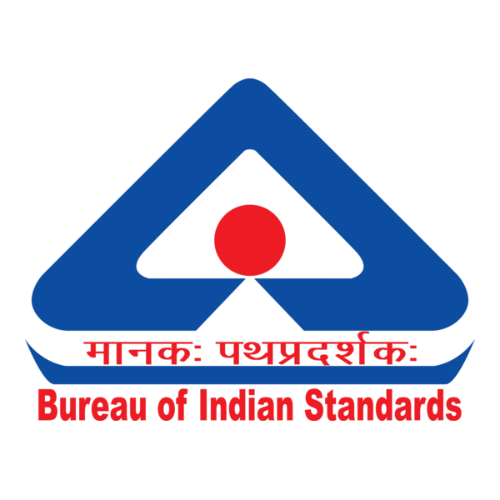 BIS Certification
BIS Certification
 CDSCO
CDSCO
 CPCB
CPCB
 LMPC
LMPC
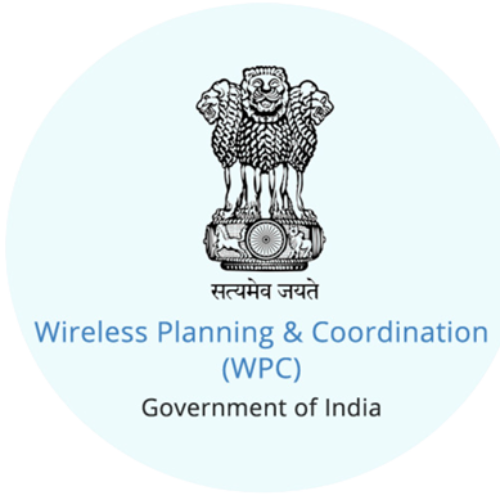 WPC Approval
WPC Approval
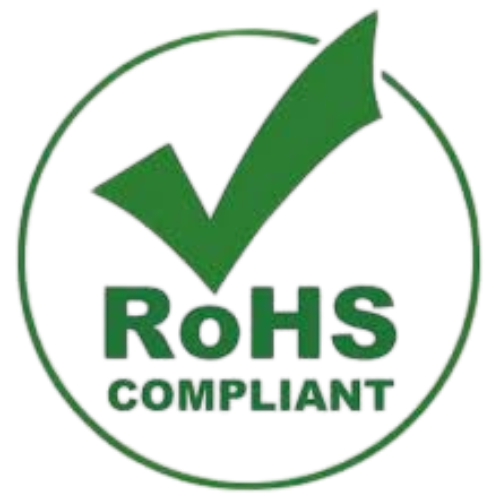 Global Approvals
Global Approvals
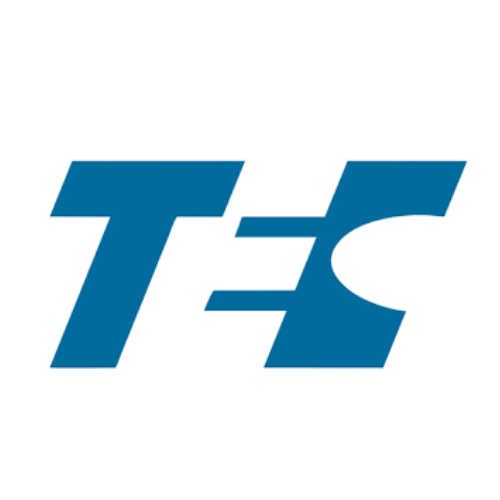 TEC
TEC
 ARAI
ARAI
 BEE
BEE
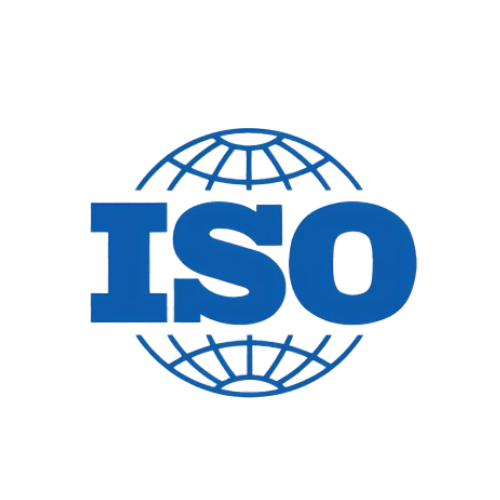 ISO Certification
ISO Certification
 Drone Registration
Drone Registration
 NOC For Steel
NOC For Steel


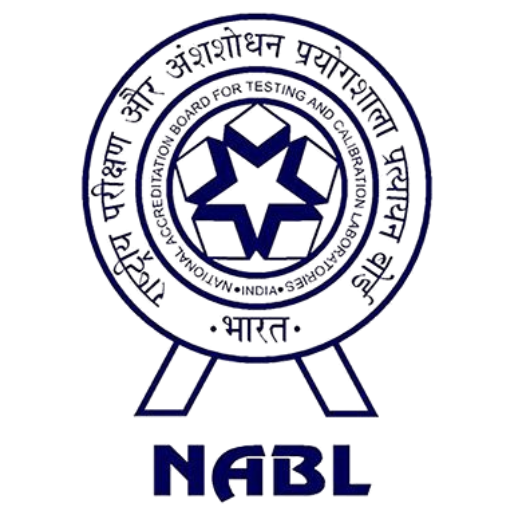
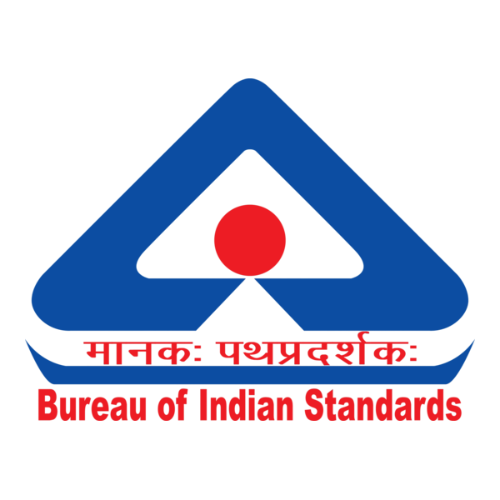




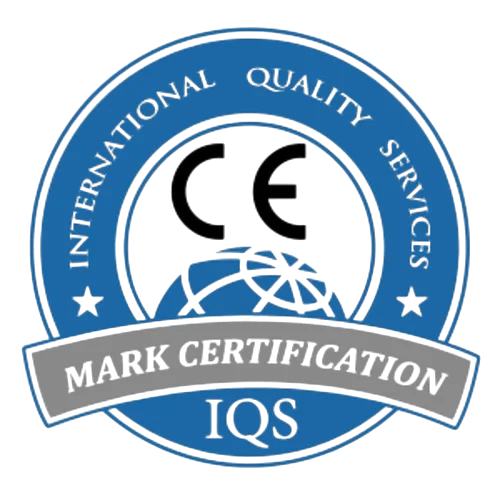


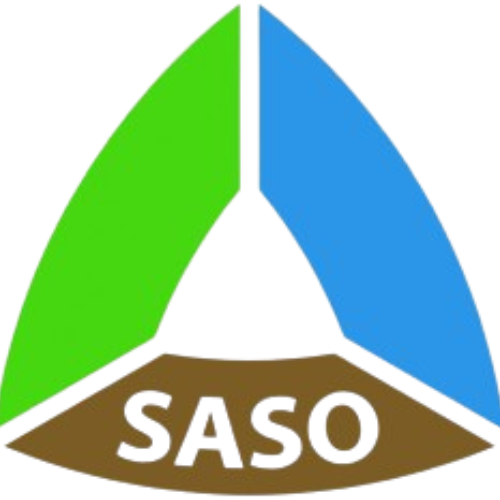

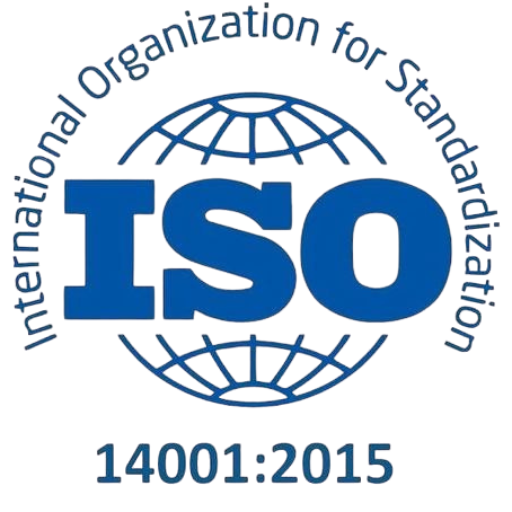
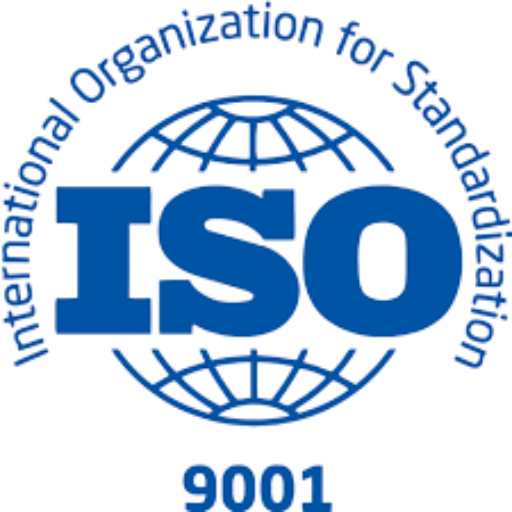
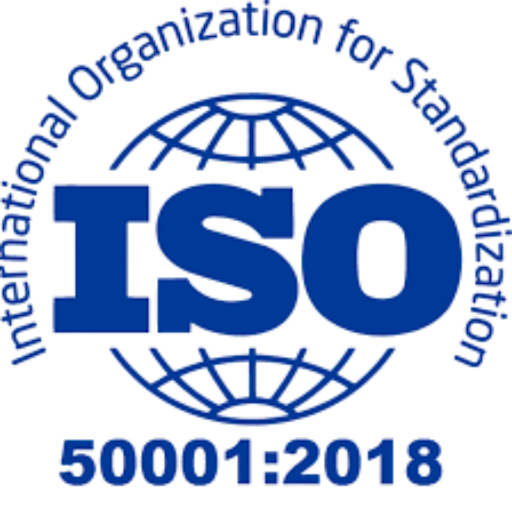
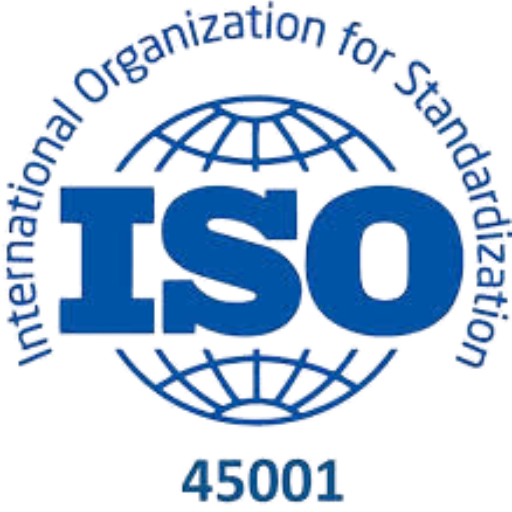
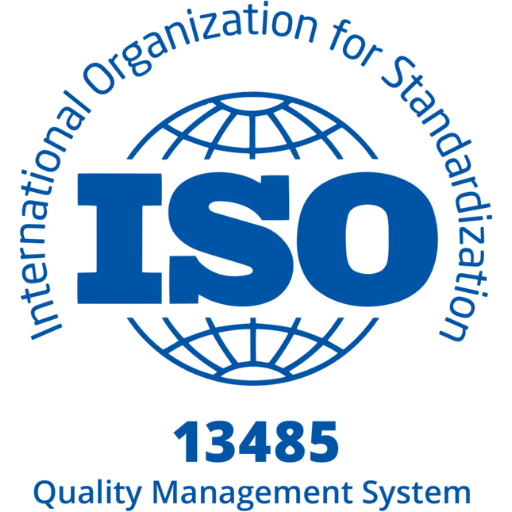
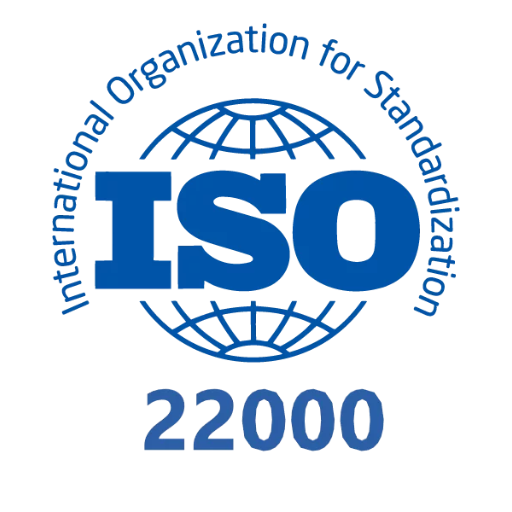
 Business Registration
Business Registration




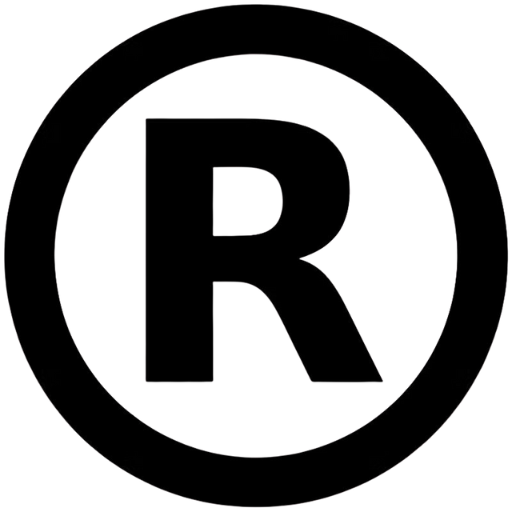
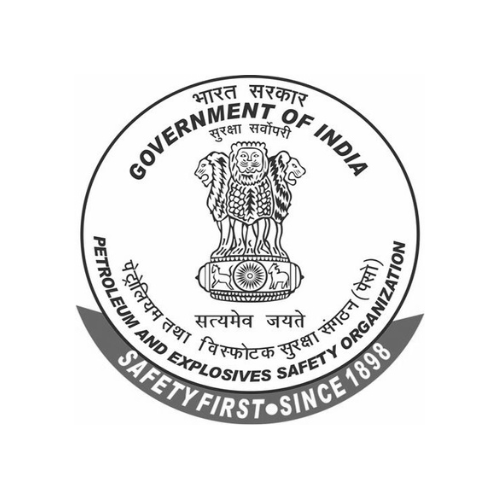
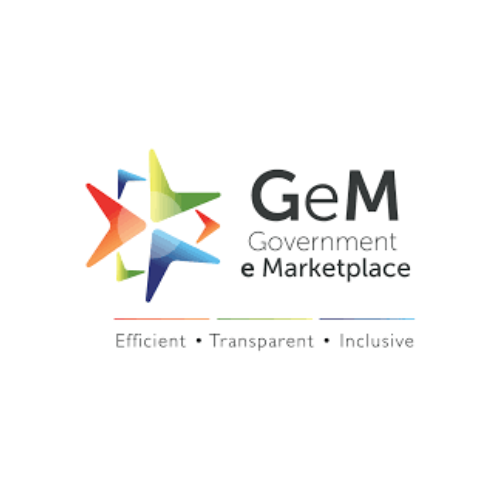





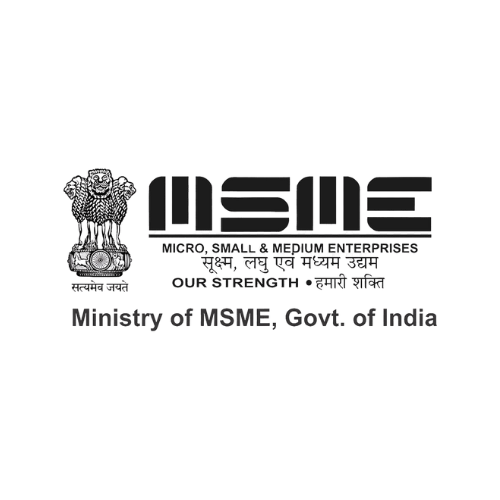


 Legal Services
Legal Services
